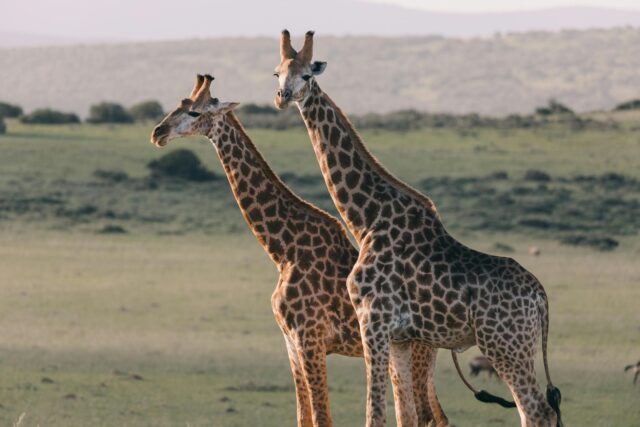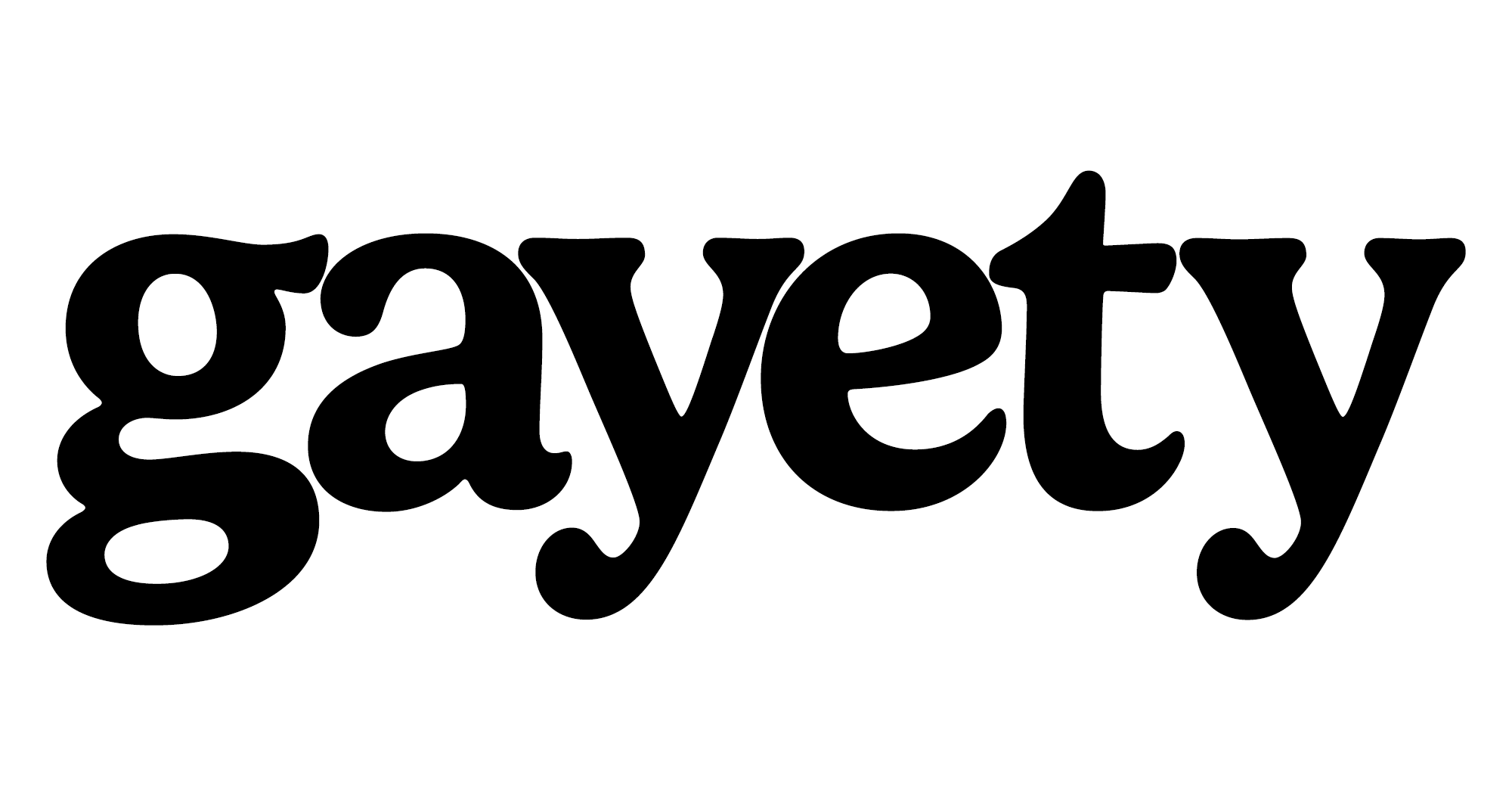When it comes to sex and relationships, humans aren’t the only ones with variety. Across the animal kingdom, countless species engage in both same-sex and opposite-sex encounters. For many, these behaviors strengthen bonds, ease tension, or simply add a little fun to their social lives.
Here are ten animals that remind us bisexuality is alive and well in nature.
Bonobos: The Diplomatic Lovers
Bonobos might just be the poster children for peace through pleasure. These great apes are famous for resolving conflict not with fights but with sex, regardless of gender. Female bonobos, in particular, bond through frequent genito-genital rubbing, which helps cement alliances in their matriarchal groups.
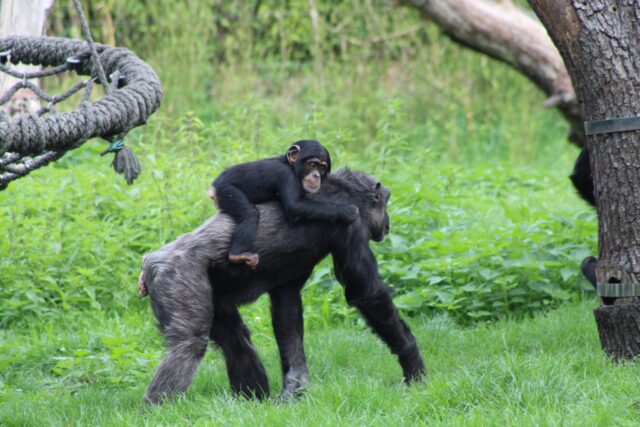
Orcas: Ocean Bromance Experts
Killer whales aren’t just top predators; they’re also enthusiastic experimenters. Males often break away from their pods to spend time with other males, engaging in mounting, rubbing, and even oral sex. Females have also been seen pairing off. While orcas do mate with the opposite sex, same-sex play is a consistent part of their social world.
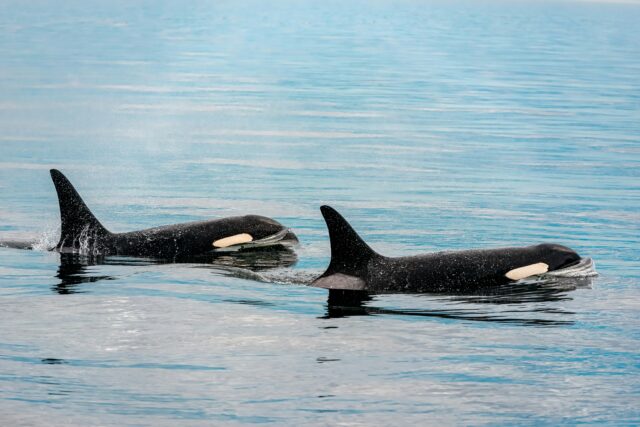
Manatees: Gentle Giants with Fluid Desires
Manatees aren’t only known for their slow pace and serene nature. Males regularly engage in same-sex encounters, sometimes competing for attention before coupling with one another. Herds often form around a single female, but the males don’t stop at just opposite-sex interaction.

Dolphins: Social Butterflies of the Sea
Bottlenose dolphins live in highly complex communities where sexual behavior helps maintain bonds. They engage in everything from mounting to genital stimulation, both with males and females. Male alliances, sometimes lasting a lifetime, are strengthened by these frequent encounters.
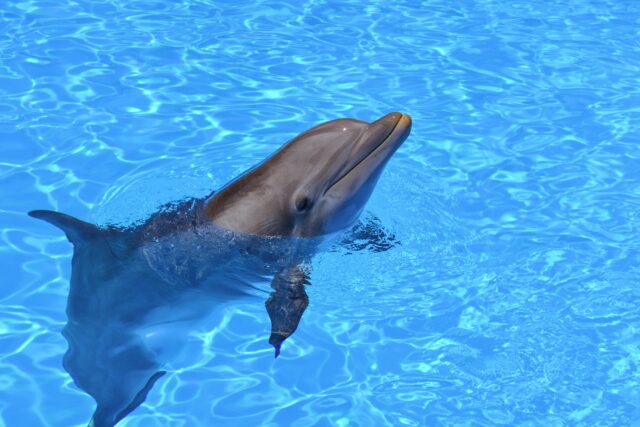
Flamingos: Fabulous and Flexible
Research shows that as many as one-third of flamingos form same-sex pairings. These pink icons not only bond romantically but also raise chicks together, sometimes by fostering abandoned eggs. Their relationships can involve male-male, female-female, male-female, or even triads and larger groups.
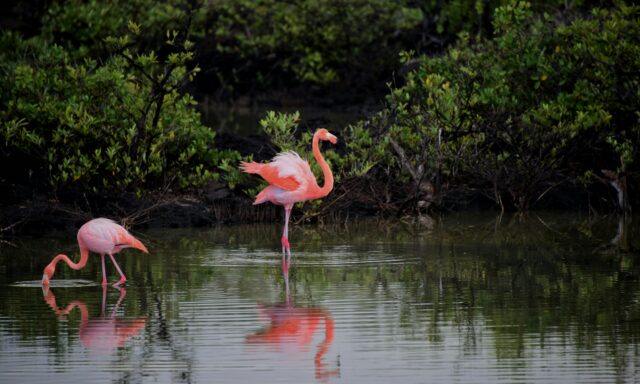
Penguins: Co-Parents Without Borders
Same-sex penguin pairs have been documented in the wild and in captivity. In zoos, these couples often raise abandoned eggs or foster chicks. Their parenting skills rival those of heterosexual pairs, with equal dedication to nest-building, incubation, and feeding.
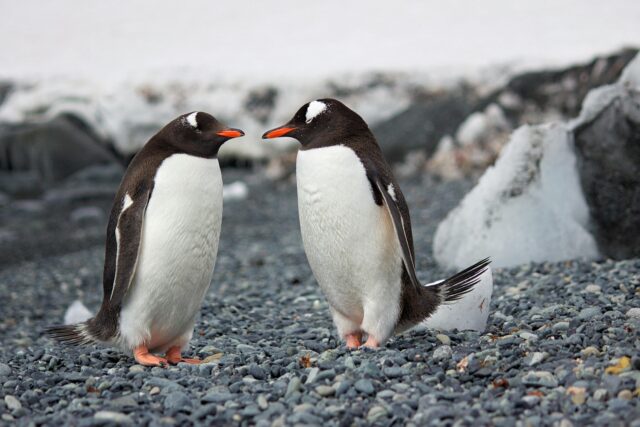
Swans: Symbols of Queer Commitment
Black swans, in particular, are known for their same-sex pairings, with up to 30% forming long-term male-male bonds. These couples often raise young, sometimes after a female deposits eggs and departs. Their strong partnerships have made swans enduring symbols of queer love.
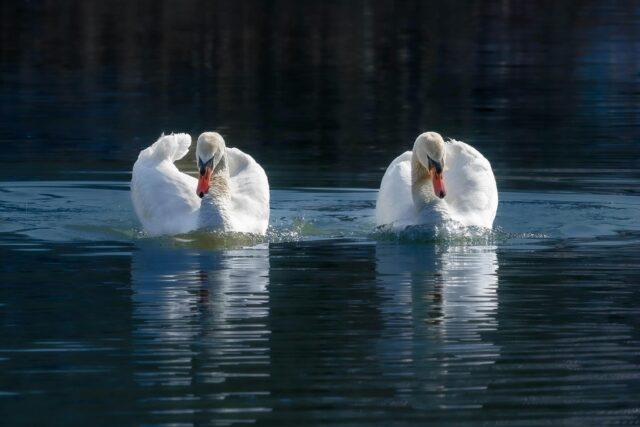
Gulls: The 1970s Lesbian Icons
Western gulls shocked researchers in the ’70s when large numbers of female-female pairs were discovered on Santa Barbara Island. These birds nested together, sometimes mating with a male for fertilization but raising chicks as a couple. The revelation challenged claims that homosexuality was “unnatural” and became a cultural touchstone during the gay liberation movement.
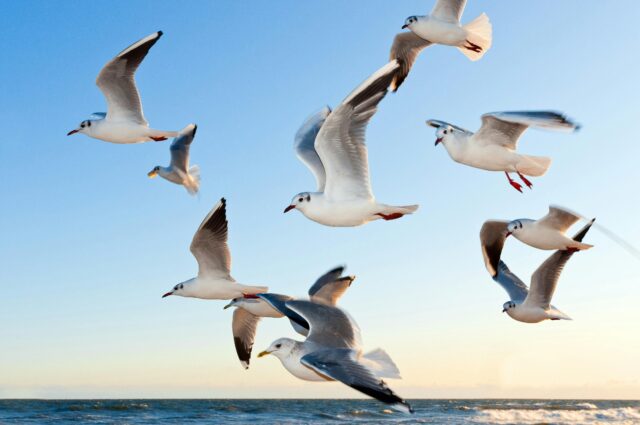
Lions: Kings of Queer Bonds
Male lions form coalitions that often involve affectionate nuzzling, mounting, and other intimate behaviors. Some lionesses also display masculinized traits and mount females in their prides. These behaviors serve more than reproduction, they build loyalty, reduce tension, and strengthen alliances.
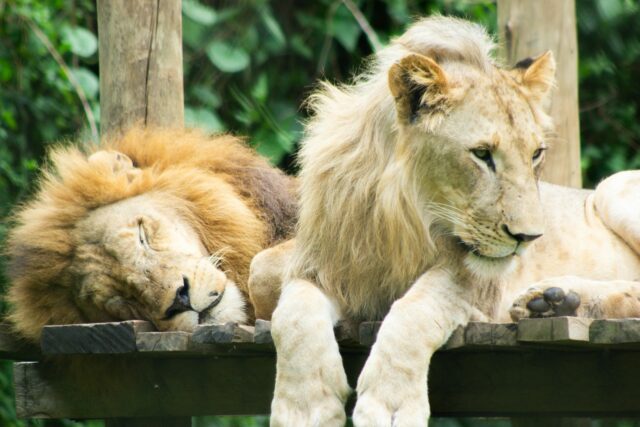
Giraffes: The Tallest Bisexual Icons
Studies show male giraffes engage in same-sex behavior more frequently than opposite-sex encounters. Their courtship starts with “necking,” a gentle caress with their long necks that often leads to mounting. They still mate with females, but the frequency of male-male pairings makes giraffes one of the clearest examples of bisexuality in the wild.
